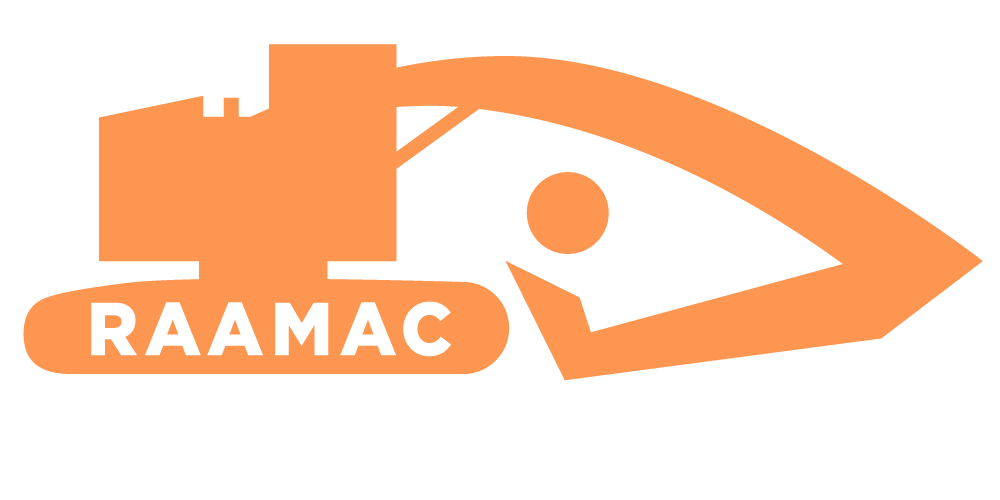Overview
Modeling of the as-built environment is used by the AEC industry in a variety of engineering analysis scenarios. Significant applications include progress monitoring of construction sites, quality control of fabrication and on-site assembly, energy performance assessment, and structural integrity evaluation. The modeling process mainly consists of three sequential steps: data collection, modeling, and analysis. In current practice, these steps are performed manually by surveyors, designers, and engineers. Such manual tasks can be time-consuming, prohibitively expensive, and prone to errors. While the analysis stage is fairly quick, taking several hours to complete, data collection and modeling can be the bottlenecks of the process: the first can spread over a few days, and the latter can span over multiple weeks or even months. In consequence, the applicability of as-built modeling has been traditionally restricted to high latency analysis, where the model need not be updated frequently. In fast changing environments such as construction sites, due to the difficulty in rapidly updating 3D models, model-based assessment methods for purposes such as progress or quality monitoring have had very limited applications. There is a need for a low-cost, reliable, and automated method for as-built modeling. This method should quickly generate and update accurate and complete semantically-rich models in a master format that is translatable to any engineering scenario and can be widely applied across all construction projects.
Through our ongoing research, we identify and address the three main problems in the automated production of semantically-rich Solid Geometric Models (SGM) compatible with the Industry Foundation Classes (IFC) format for Building Information Models:
(1) Data Segmentation: techniques in recognition are required to segment a 3D point cloud dataset based on geometric and appearance information into distinct subsets;
(2) Surface Object Modeling: techniques in geometric modeling and recognition are needed to populate the scene with distinct surface objects based on the segmented subsets;
(3) Semantic Object Placement: techniques in recognition are required to identify the physical relationships between surface objects and place IFC objects in the scene.
Research Areas
Data Segmentation
To address the practical challenges of processing laser scanner and image-based reconstruction data, we propose novel algorithms for automatic segmentation of unordered 3D point clouds for the purposes of generating Building Information Models.These can accurately segment regions of variable density, curvature, and texture (roughness), and do so with minimal parameter adjustment by the user.
NURBS fitting
Automatic generation of Building Information Models requires powerful tool for mapping real world objects to closed surface geometry. However, existing automated techniques to fit Non-Uniform B-Spline (NURBS) to 3D point cloud data are limited. We present a novel robust algorithm for automatic fitting of NURBS surfaces to unorganized point clouds in the presence of noise and incomplete data.
Material Classification
Automatic generation Building Information Models from site images requires specific semantic information to be associated with building elements, which in the case of materials such information can only be derived from appearance-based data. We propose a new robust vision-based method for material detection and classification from single images taken under unknown viewpoint and illumination conditions.




